The first week of the archaeological research of Jāņkalns Hill in Turaida has already passed. Its goal is to further clarify Jāņkalns as a possible archaeological site. Jāņkalns Hill is located in the territory of the Turaida Museum Reserve and its name indicates the traditions of celebrating the summer solstice. Archaeological excavations have already taken place in various parts of Jāņkalns Hill.
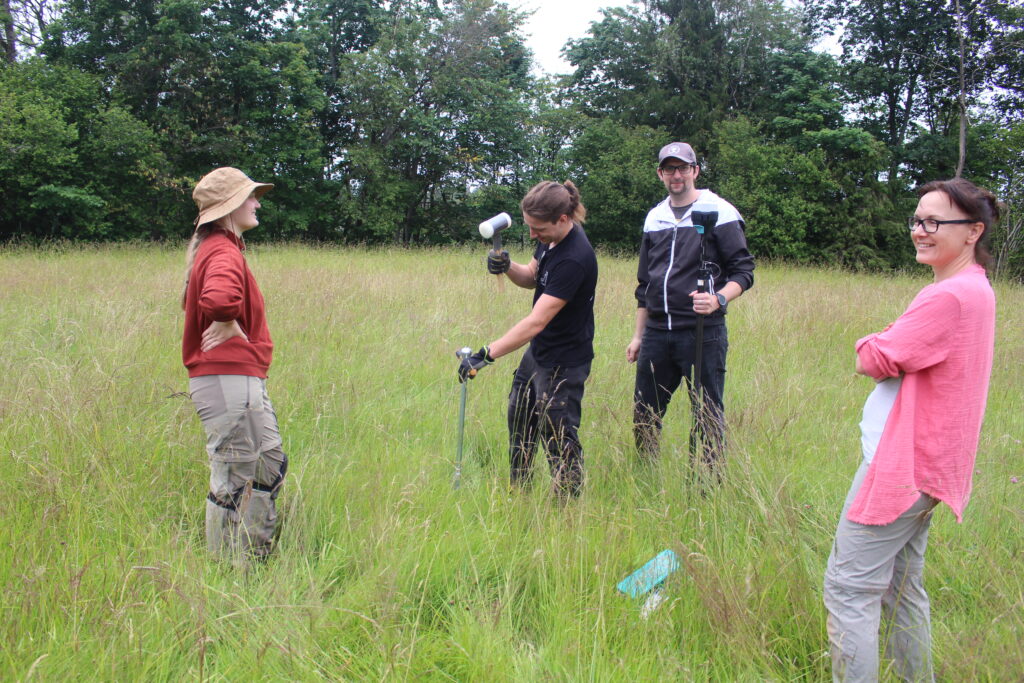
In the northern part of Jāņkalns in 2014 and 2015, archaeological excavations were carried out, which identified the site of the ancient Turaida brick kiln (a type of oven used to fire or bake bricks). In 2013, archaeological excavations were carried out in the southeastern part of Jāņkalns, on a natural, elongated elevation of land, where antiquities were found dating back to the 10th century – a narrow-bladed axe with an iron-shaft, a bronze bracelet, knives, a ring and a brooch in the shape of a horseshoe. The archaeologist E. Jemeļjanovs has suggested that these antiquities are probably additions to destroyed burials, although no bones were preserved in the soil.
In 2025, archaeological test excavations are being carried out on the southern side of the central part of Jāņkalns, which is approximately 70x180m in size, with the aim of expanding knowledge about the use of the site over time. The archaeological research is organized by the Turaida Museum Reserve, and the research leaders are museum reserves’ specialists Egils Jemeļjanovs and Justīne Timermane.
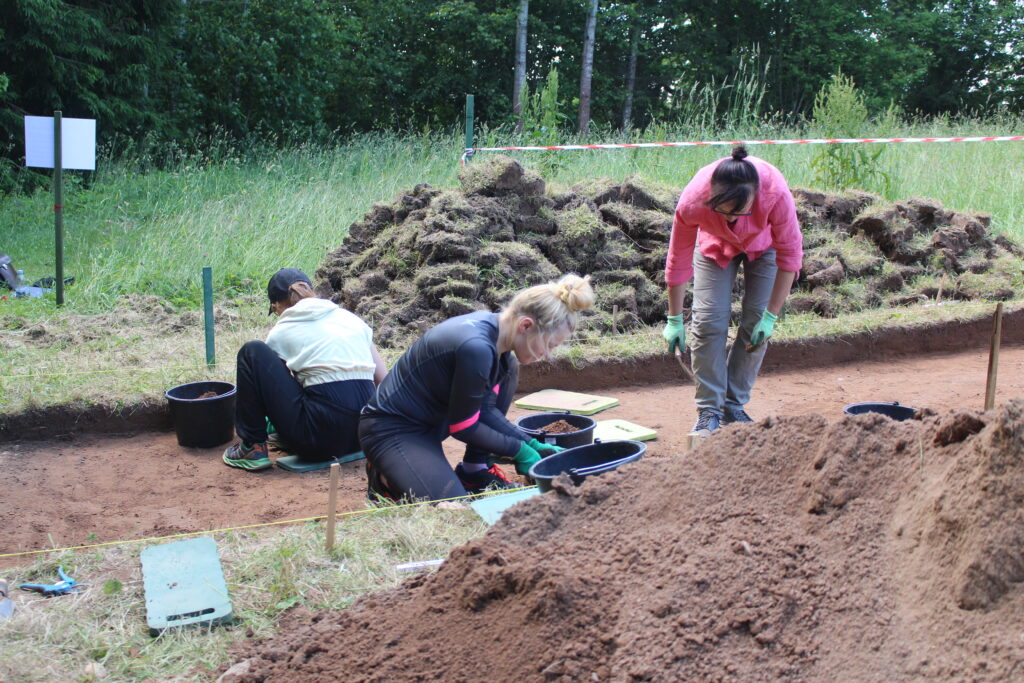
Helping the archaeological excavations are young pupils from Sigulda region Kristaps Ondzulis and Matīss Blūms, as well as long-term summer interns of the Turaida Museum Reserve and volunteers and participants of the School of Young Archaeologists – Madara Avotiņa and Sindija Santa Zauere.
Also participating in the work are Karīna Janova-Jannava, a master’s student in history and archaeology at the Faculty of Humanities of the University of Latvia, and a doctoral student Anna Batraga, as well as a student from Leiden University Mārcis Kļaviņš. In cooperation with the Department of History and Archaeology of the Faculty of Humanities of the University of Latvia and the Latvian Society of Archaeologists, soundings and phosphate analyses were carried out in Jāņkalns under the leadership of the archaeologist Mārcis Kalniņš.
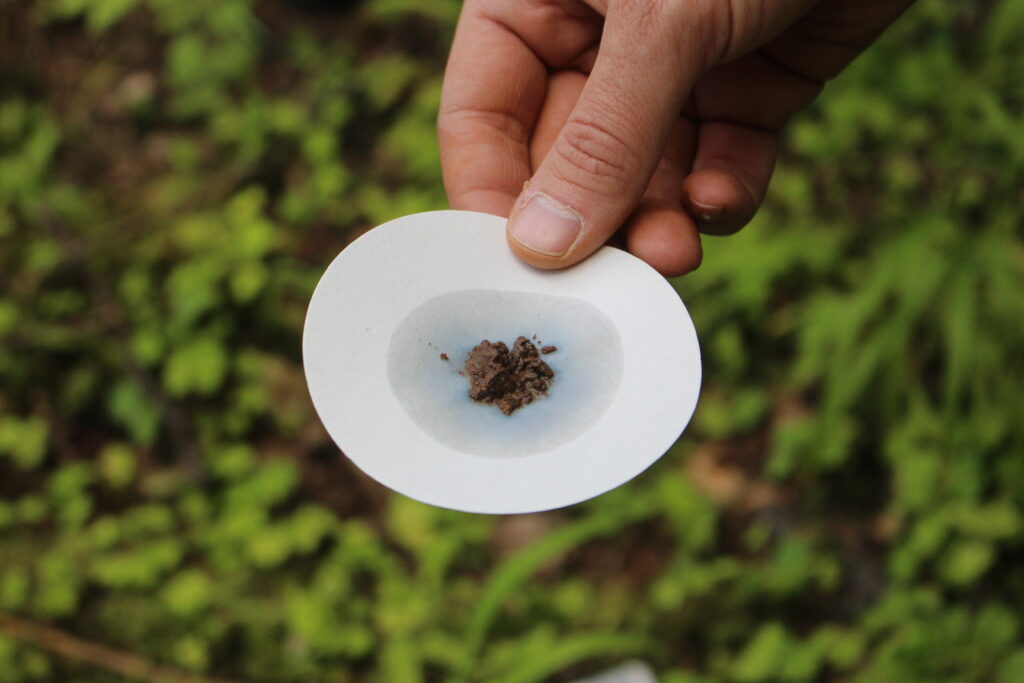
Geological sounding involves the removal of a narrow and small, but deep soil sample. A sample like this allows experts to look into the structure of the soil layers and make assumptions about the depth and intensity of the cultural layer (a layer with traces of human activity). Such samples were obtained and described at several locations on Jāņkalns to a depth of 1m in order to obtain an expanded picture of Jāņkalns, which may be useful for further research purposes.
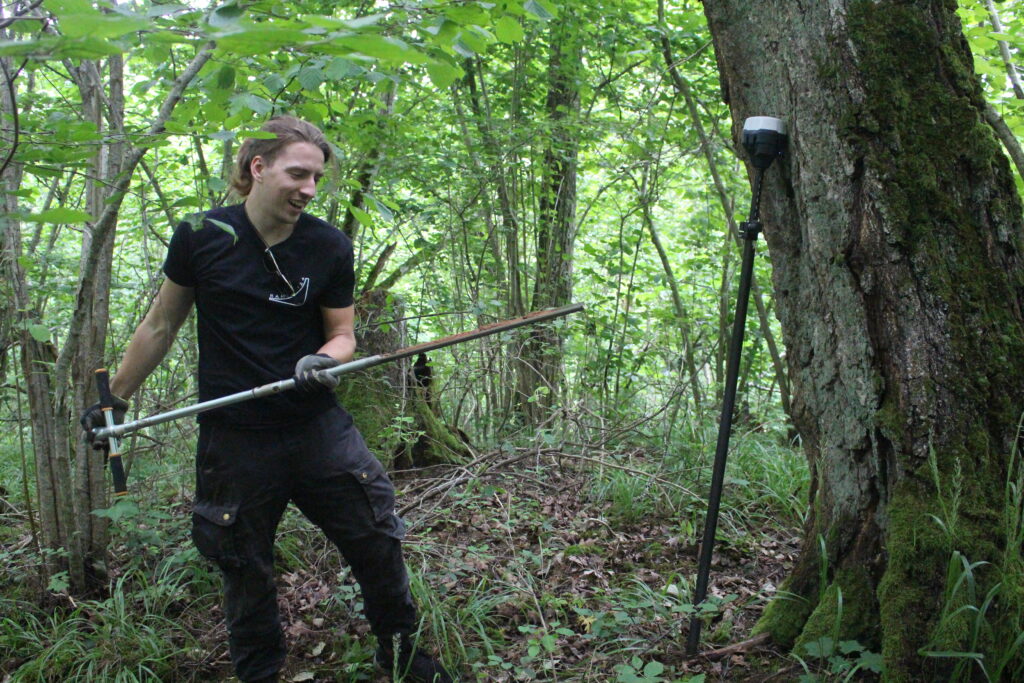
Phosphate analysis is a method that allows you to determine the intensity of human activity based on the amount of phosphates in soil samples. Phosphorus is a unique element because it is a sensitive and persistent witness to human activity. The amount of phosphates in the soil can indicate not only the presence of humans, but also indicate its type and intensity.
The research already conducted has led to the conclusion that there has been no intensive human presence in Jāņkalns. No obvious and pronounced cultural layer was found, and the analyses did not indicate intensive human activity. Most likely, Jāņkalns did not serve as a settlement for the locals.
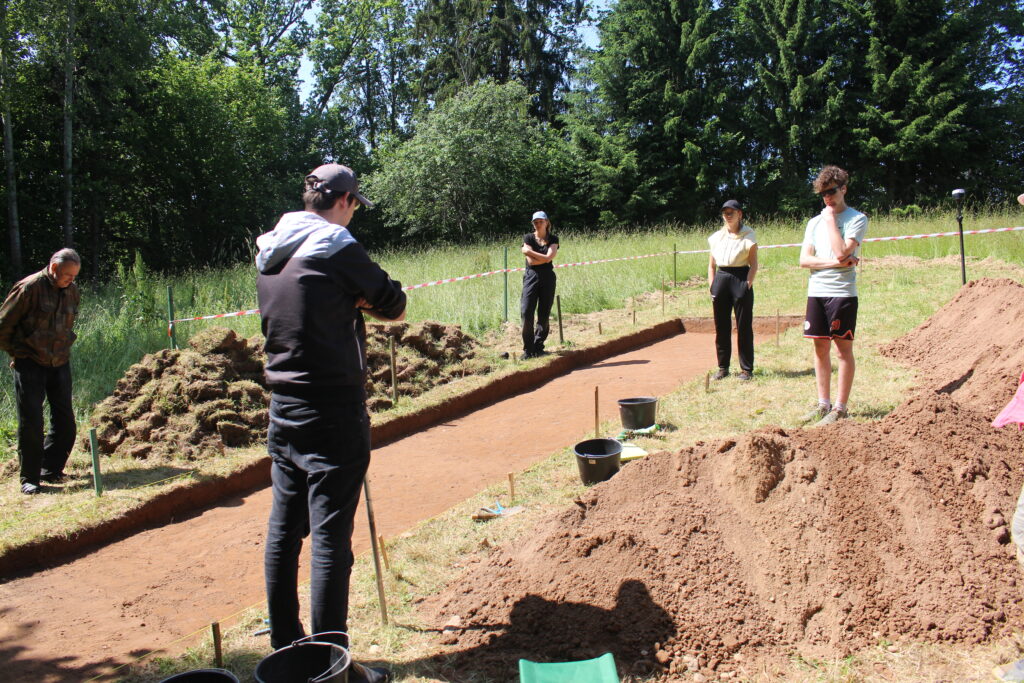
This was most likely not necessary at all, taking into account the proximity of the Turaida Castle Hillfort and the Jelgavkalns settlement and the known intensity of settlement there. However, whether the Jāņkalns territory was used by the Gaujas’ Līvi for burials or for some other purpose is a question that remains to be clarified, which this year’s archaeological research will try to resolve.
Young people from Sigulda are participating in archaeological excavations within the framework of the Sigulda region municipality and the State Employment Agency’s student employment program.
Prepared by Justīne Timermane, Turaida Museum Reserve chief specialist and historian
